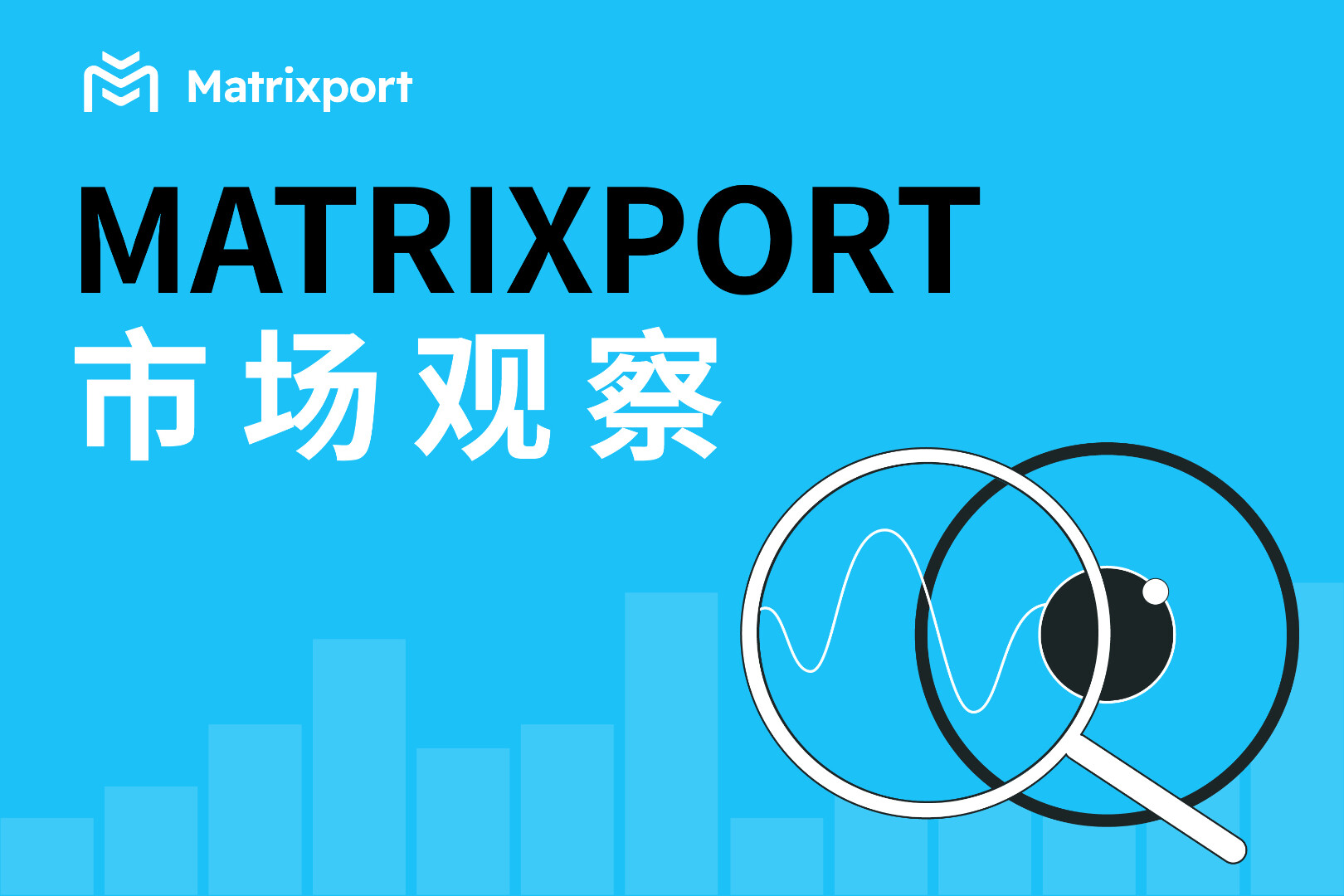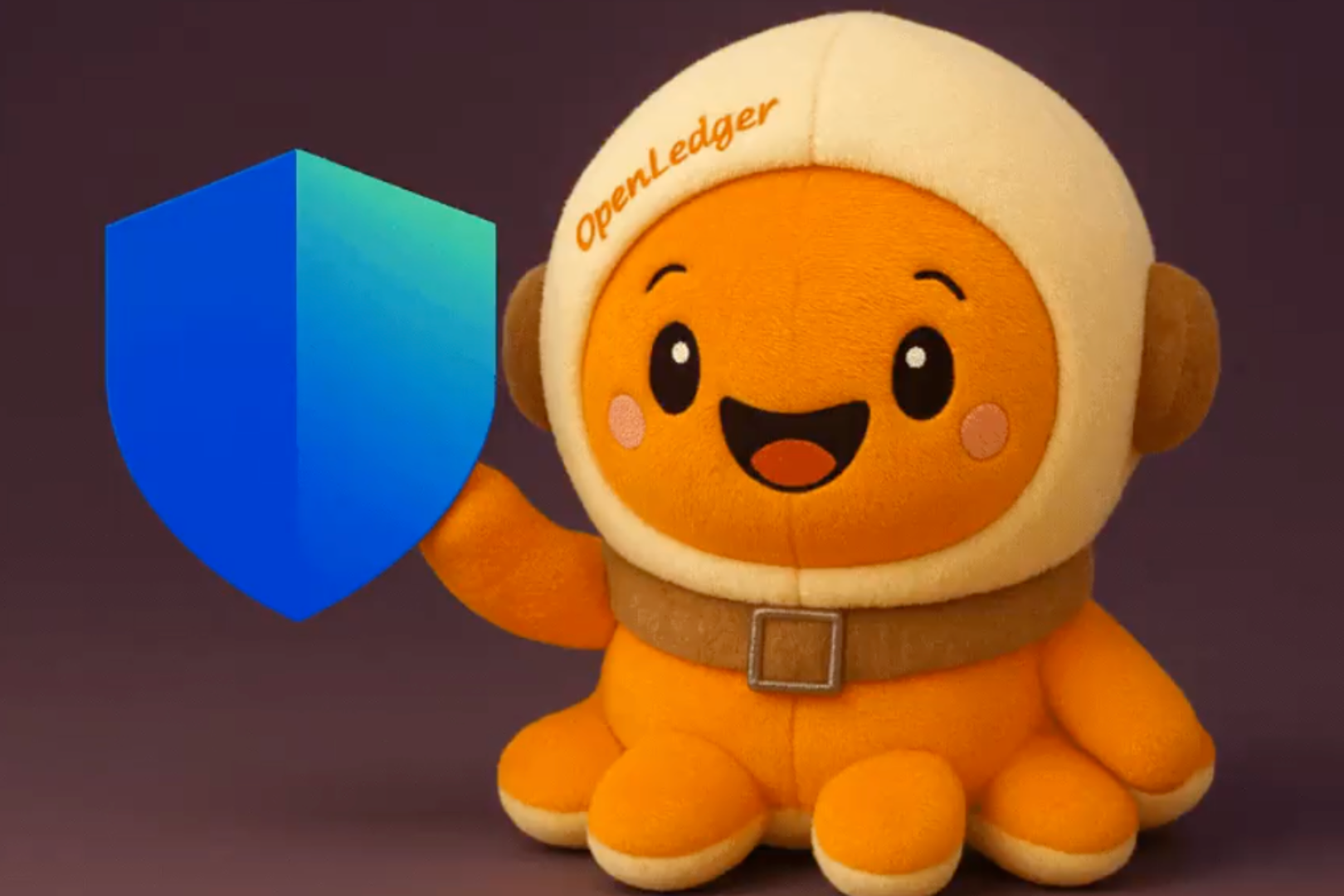The author of this article, Vasily Sumanov, is familiar with various approaches to taxonomy of tokens proposed by individuals, institutions, and government agencies. The main difference between the proposed approach and those mentioned in ref. is that it describes assets in terms of value capture mechanisms and economic functions based on mechanism design. It does not take into account legal status/structure, issuance process, underlying technical characteristics (except where directly impacting VCP implementation).
The Web3.0 protocol is a good example of a value network, a concept developed on top of Porter's value chain. Networks can generate value in different ways, sometimes in completely weird and unobtrusive ways. Due to network effects, low operating costs, resource pooling, and trustless automation, the efficiency of value production in the network can be greatly improved over traditional organizations.
A major question in understanding web 3.0 is "What is the value generated by the web and how can it be measured or valued?". However, what is the value in a given situation is a very subjective matter. The value created for specific types of users, service providers, token holders, DAO members, and other categories can be quite different given a specific protocol. For example, a traditional company's main metric such as "profitability" is meaningless in most cases. Since decentralized protocols are primarily non-profit organizations, network fees and benefits are currently distributed to DAO/community members in different ways.
Value capture mechanism of digital tokens
One way to understand the value generated in a network is to understand the value behind its native token. With some exceptions, the web3 protocol operates on a "token model" - a mechanism design/economic incentives built around native digital assets (tokens). In traditional public companies, shares are viewed as the primary product of market participants, integrating different sources of value into their price—future cash flows, growth expectations, speculative components, and even brand value:
Jack Barker: Pied Piper's Product Is Its Stock (Silicon Valley Series)
A clear analogy can be made when it comes to web3.0 decentralized protocols. First, given the permission-free nature of web 3.0, decentralized protocols are "public projects" by design. Since tokens are used to ensure proper protocol operation and sustainability, their value should be tied in some way to the actual value and size of the network to prevent attacks that could lead to taking ownership of network resources. Based on this analogy, the token value* should somehow integrate the value generated by the network, such as protocol fees, the value of accessing network resources, leveraging community trust, etc.
*Important: Here we are talking about token value, not token price. Token value is "what utility do I get as a token owner and how do I value that utility?". The token price, in turn, is determined on the open market and is the answer to "How much do I have to pay to buy/sell this token and how much will I receive?"
Using a token-centric approach to understanding the value of web 3.0 protocols is critical to answering a different question: How exactly do tokens generate value? What is the mechanism behind it? One of the strategies for analyzing complex objects is to break them down into simple patterns and use them. Natural sciences, such as chemistry and physics, have developed on the basis of this method, breaking down complex objects (such as molecules) into simpler objects (atoms). These in turn can be broken down into elementary particles (electrons, protons and neutrons).
Applying the idea of decomposition to understanding token design and the value created on top of it leads us to two entities: the Value Capture Mechanism (VCM) and the Value Creation Model (VCP). Mechanisms (VCM) explain how value is created and how tokens generate value (describe the origin of value capture), while patterns (VCP) describe how VCM should be implemented. In addition to the two mechanisms mentioned, it is also logical to emphasize that value is not only captured but distributed to token holders. Sometimes value capture and distribution coexist in one mechanism, but there are also examples of pure value distribution mechanisms (VDMs).
VCM/VCP classification
Understanding the value capture mechanism of a token boils down to answering the following questions:
(1) What value do token holders gain by using the token (its utility)?
(2) Why is this utility valuable/what is the source of value based on this utility function?
Let's discuss an example - Compound (COMP) token. The utility of a token is a protocol governance right (which can also be delegated) proportional to the amount of tokens owned or delegated to a particular address. The token provides only one utility - internal protocol governance, which is valuable because it allows management of the limited resources of the protocol: such as future development, liquidity mining policies, use of DAO treasury holdings, etc. The value of this utility depends on (1) the actual amount of protocol resources that need to be managed and (2) the size of token holders' stake according to the Banzaf power index.
image description
Figure 1. Compound token decomposition based on the proposed method.
Of course, the logic behind each value acquisition mechanism, such as the aforementioned internal product governance, is a very general logic. However, its specific implementation is different - such as compound governance and MakerDAO governance system. The popular implementation of snapshot governance methods is an additional example.
Thus, the general idea is that the source of value for a particular VCM is the same regardless of its technical implementation. The policies and mechanism design that define a token’s functionality are predictors of its source of value. For example, a set of governance mechanism design results in (1), (2) the source of value mentioned by Compound tokens.
Using the proposed approach, nine differently designed value capture mechanisms were identified: value transfer* (1), work “staking” tokens (2), protocol consensus tokens (3), dividends (4), and Asset-backed(s) (5), discount tokens (6), internal product governance (7), meta-governance (8)**, and hedonic value (9). Each of the value capture mechanisms mentioned has a unique [from an economic and logical point of view] source of value based on the implemented policy. The specific implementation of each mechanism may differ.
*It seems to me that every "store of value" asset can be used to transfer value and vice versa (think deflationary money). Therefore, it is not necessary to separate these two functions into two different VCMs.
** The Meta-Governance VCM concept was created, through the PowerPool protocol that first offered to combine the voting rights of several tokens into a single proxy token. However, meta-governance may be the first expression of a more general meta-pattern. It requires additional research.
The mentioned value capture mechanism can be considered as a building block of the token model. A simple mind map describing the process from the main system goals of the protocol to the mechanism design and specific implementation of the token model is shown below. It starts with the initial system applied to the native token, its goals and policy/mechanism design to ensure that those goals are achieved.
It should be pointed out that Token integrated into the system is considered as a key tool to achieve system goals. For example, system goals can be operational security (blockchain, oracle network), decentralized governance (Defi protocol), etc.
Therefore, the first step includes the mechanism design/policy of the system itself and the application:
The initial system (with coordinated "raw" values), the goals of the system, and the problems that need to be solved to achieve those goals
Incorporate token policy/mechanism design as part of network design to ensure system goals are met
The overall mind map is as follows:
Initial System -> Policy and Mechanism Design of Token -> Source of Value -> Value Capture Mechanism -> Value Creation Model (Implementation Set) -> Combination Composable VCP as specific token model
Strictly speaking, most existing token models can be described as "value transfer" plus other VCMs. The technical characteristics of blockchain protocols lead to almost all assets being used to transfer value between two counterparties. Understanding this feature, I suggest excluding value transfer when breaking down all tokens that are not its core function. From another perspective, hedonic value can not only be a property of NFTs such as digital art, but in some cases, it can be a VCM of almost any other digital asset, depending on the context and situation.
Break down tokens into VCM and application domains
The proposed value capture mechanism can be used to describe token models developed for completely different application domains. The most obvious example is internal product governance - it can be used for DeFi protocols, NFT projects, green energy blockchain startups, etc. An example of decomposing tokens into VCMs is as follows:
A token described by VCM can be used: COMP(7), BAT(1), REN(3), NMR(2), ETH1.0(1), ETH2.0(3), LPT(2), LINK1. 0(1), cDAI(5), YLA(5), DPI(5)
A token designed as a combination of two VCMs: MKR(4)(7), 1INCH(4)(7), SUSHI(4)(7), SNX(1)(7), FIL(1)(2), DAI(1)(5), BNB(3)(6), SOCKS(5)(9)*, OXT(1)(2)
*Formally, the famous UniSocks token can be described by these two VCMs
Three VCM tokens are very rare because there are not many combinations of VCMs that complement each other. Prime examples of such tokens are in the Defi space, combining internal product governance (7), different forms of dividends (4) and work tokens (2) or meta-governance (8).
Value capture mechanisms and model approaches can be applied to digital tokens relevant to different economic sectors - from L1/L2 protocols, DeFi, data (NMR, Ocean), decentralized network services (dVPN - Orchid protocol, dVideo streaming) Native field start for - Livepeer, dFile hosting - Filecoin), energy (mainly using VCM #5 in the energy sector), and many other products including tokenized physical objects and property, and digital art.
Talk about well-known cryptoeconomic primitives such as Bonding Curves or Token Curated Registries (TCR) - not in all cases there is a token representing the value captured by the primitive implementation. For example, in most cases, tokens issued through Bonding Curve have their own utility and VCM composition, and Bonding Curve itself is just an automated market maker. Therefore, there is no "bonding curve based token model" - it is a market maker mechanism. In contrast, a TCR always has a native token that is specifically related to a particular TCR, and that token consists of VCM #1,2.
Token models tend to be more complex as the space develops. First, it has to do with the explosion of mainnet protocols in the market and new composability opportunities. For example, tokens can not only serve their primary purpose, but can also be lent or used as collateral to obtain loans or issue synthetic assets. At the same time, the space is shifting towards the widespread adoption of decentralized governance, and different value distribution models, such as different kinds of dividends. I expect that in the near future, almost every token will have at least two VCMs in a basic model, and some additional utility properties based on the list of DeFi protocols.





